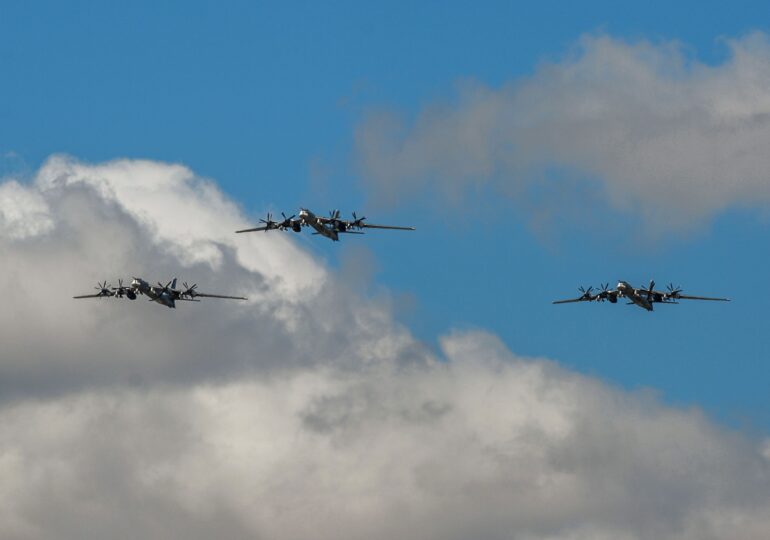Germany estimates that the drone attack launched by Ukraine on June 1 against four Russian air bases has damaged or destroyed 10% of Russia’s strategic bomber fleet.
The information was confirmed by Major General Christian Freuding, responsible for coordinating Berlin’s military aid to Kiev.
Heavy losses: TU-95, TU-22, and A-50 taken out of service
According to General Freuding, over a dozen aircraft were hit, including the strategic bombers TU-95 and TU-22, as well as the A-50 radar planes, the Russian equivalent of NATO's AWACS surveillance system. The A-50s, which provide air control and early warning, are said to have been irreversibly damaged.
"We believe that these aircraft can no longer even be used as a source of spare parts. It is a significant loss, as Russia has very few such aircraft," the German official said in a podcast quoted by Reuters.
Estimates from the United States confirm the scale of the attack. Two US officials cited by Reuters state that up to 20 Russian warplanes were affected, with around 10 being completely destroyed. Experts believe that replacing these aircraft will take years for Moscow, especially in the context of sanctions and lack of access to Western technology.
Moscow still has firepower, but at a higher cost
Despite the considerable losses, General Freuding emphasizes that Russia still retains 90% of its strategic aerial attack capability.
"This means we will not see an immediate reduction in raids on Ukraine. However, the indirect effect is clear: the remaining aircraft will have to carry out more missions and wear out more quickly."
In addition to the logistical impact, the general also notes a significant psychological effect: "Russia felt secure on its vast territory. This attack shows that this assumption is no longer valid. The Kremlin will have to significantly increase security measures."
Ukrainian operation without direct external support
The June 1 attack was carried out exclusively with Ukrainian equipment, stated President Volodymyr Zelenskyy. The operation, named "Spider Web" and organized by the Security Service of Ukraine (SBU), targeted four major Russian air bases. SBU chief Vasyl Maliuk stated that 34% of Russia's cruise missile carriers at the main airfields were taken out of service.
According to official Ukrainian estimates, the destroyed equipment is valued at over $7 billion. Information collected by the SBU indicates that between 10 and 13 aircraft were completely destroyed, and over 40 were damaged. A NATO official, who wished to remain anonymous, called the attack "the most successful Ukrainian operation to date."
Long-term effects on Russia's air capacity
Western experts believe that the attack has major strategic consequences. The targeted aircraft are not only extremely expensive, but in many cases, they are hard to replace. For example, the TU-95 bombers, built in the Soviet era, are no longer in production, and Russia struggles to maintain its existing fleet in operation.
At the same time, the A-50 planes are essential for coordinating air operations on the Ukrainian front. Without them, the efficiency of the Russian aviation significantly decreases.
Ukraine raises the stakes: bolder attacks on Russian soil
Operation "Spider Web" marks a new stage in Ukraine's strategy to strike deep into Russian territory, targeting military infrastructure and aerial logistics. The use of domestically produced drones demonstrates Kiev's increasing technological capabilities and growing operational autonomy.
While Moscow tries to downplay the impact, the scale of the losses and the costs involved will undoubtedly have a cumulative effect on its ability to sustain a prolonged war.

